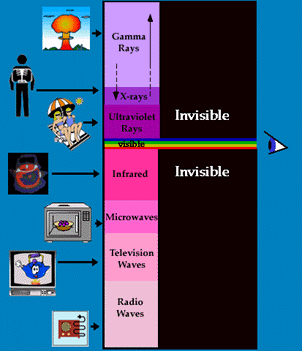Visible light is just a small part of the entire electromagnetic spectrum.
Click on image for full size
Windows to the Universe original artwork.
The Electromagnetic Spectrum
Light is a form of electromagnetic
radiation that is very familiar to us.
However, there are several other forms of electromagnetic (EM) radiation, such
as X-rays, radio waves, and ultraviolet and infrared "light". Together, these
different types of EM radiation make up the electromagnetic spectrum.
Each section of the electromagnetic (EM) spectrum has characteristic energy
levels, wavelengths,
and frequencies associated with its photons.
Gamma rays have the highest energies, the shortest wavelengths, and the highest
frequencies.
Radio waves, on the other hand, have the lowest energies, longest wavelengths,
and lowest frequencies of any type of EM radiation. In order from highest to
lowest energy, the sections of the EM spectrum are named: gamma
rays, X-rays,
ultraviolet radiation, visible
light, infrared
radiation, and radio
waves. Microwaves (like the ones used in microwave ovens) are a subsection
of the radio wave section of the EM spectrum.
You might also be interested in:

Electromagnetic radiation is the result of oscillating electric and magnetic fields. The wave of energy generated by such vibrations moves through space at the speed of light. And well it should... for
...more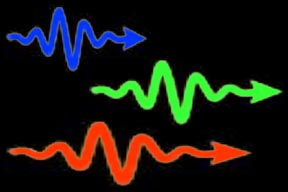
Light is very strange. Sometimes it is best to think of light as a series of waves. At other times, it is useful to think of light as a swarm of particles. When we think of light as particles, we call
...more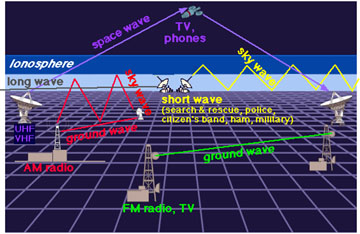
Radio waves are a type of electromagnetic radiation. A radio wave has a much longer wavelength than does visible light. We use radio waves extensively for communications. Radio waves have wavelengths as
...more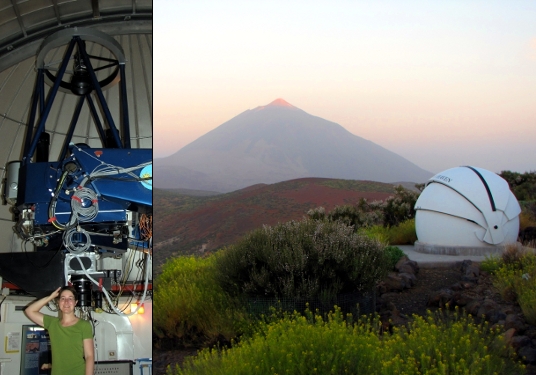
I am Katrien, a Belgian astronomer. I have been working in several European countries and I am currently based in Paris, France. My research is very exciting as I study stars that pulsate! This means
...more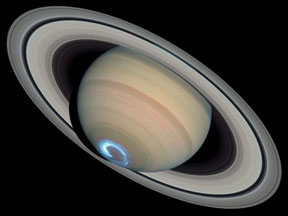
Have you ever seen the Southern or Northern Lights? Did you know that Earth isn't the only planet that puts on these beautiful light shows, also known as the "aurora"? Auroral displays have also been observed
...more
The Hubble Space Telescope (HST) was one of the most important exploration tools of the past two decades, and will continue to serve as a great resource well into the new millennium. The HST is credited
...more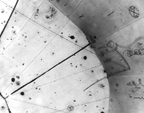
Atoms and the minute particles from which they are made strongly influence the nature of many phenomena that play out their roles on astronomical scales. The fields of atomic physics and particle physics
...more


